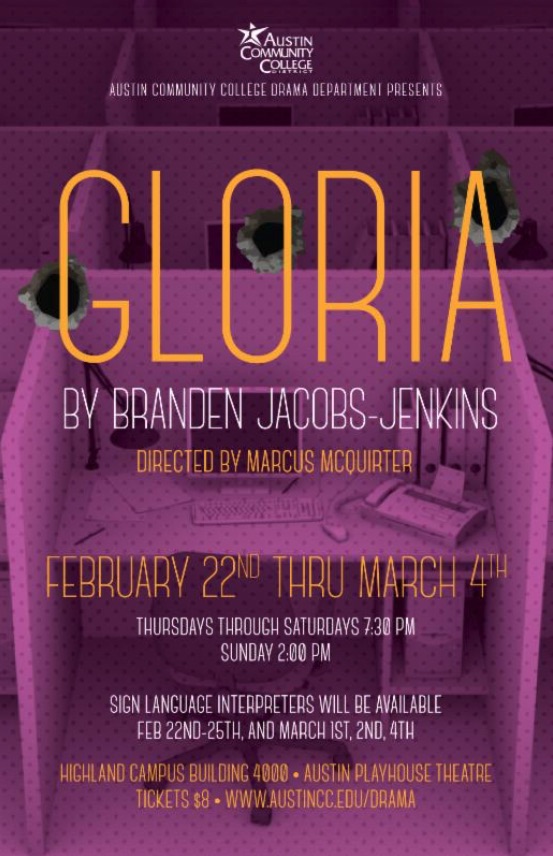You work in Europe as a set designer as well. How is that experience different than designing for American productions?
There are quite many differences between US and European theatre. Whereas the US has quite a strong history of plays being determined by script, in Europe and Russia (where I am currently doing a workshop) the performance is mostly determined by direction. Meaning, directors are not held to the choices of the playwrights. There are positives and negatives in both approaches. If discussing differences in design aspects, these are mostly in the organizational elements and implementation of the design. Whereas in the US we are accustomed to having a stage manager to consult with about just about all parts of a production, in Europe and Russia there is no stage manager…or at least not in the same responsibilities. The stage managers in Europe and Russia have the responsibilities we would usually associate with a technical director in the US. In all honesty, when working in Europe, I truly miss stage managers. However, when working in the US, I miss the monetary support afforded by the European and Russian governments.
Can we get an insight into how you design and how designing long distance forced changes in your method?
I have always been a rather hands-on type of designer, whether I’ve been constructing the set, technical directing, or whatnot. Tele-designing, if that is an actual term, has forced me to become more concentrated and specific on communication with my construction teams. I would still prefer to attend production meetings in person and tend to be quite finicky about the details and will address the finishing details myself. Thus, even if absent from meetings, I still insist on being present when the show loads into a space.
What sort of projects are you working now and in the future?
In addition to Gloria, I am currently working in a workshop of “The Schooling Of Bento Bonchev” at Taganka Theater in Moscow, followed by “Patella: The Floating Bone”, a dance/movement project at the Theatre Academy in Helsinki (March), “Cherubin”, the opera at Johns Hopkins in Baltimore (March), “Violet”, the musical at St. Edwards in Austin (April), a production workshop in Berlin for a new opera (May), and a project with Breaking String Theatre to be done at the Rollins (Long Center) in August. And there are talks in the works for other projects in the US, Netherlands, Estonia, etc.
You have a long list of companies and productions you've worked on/for. Is there a particular show whose design you're fond, or proud, of?
There are aspects of every design I can be proud of, but there is a small handful I believe to have had a deeper connection with me than the others. This is not in any way to deny connections with other designs, but to admit I would like to have had held onto the relationship a bit longer. If made to choose one, I think the one closest to my soul being would be the set I designed and built for Breaking String Theatre’s “Uncle Vanya” at the now-defunct Off Center. Maybe it’s because my roots are in Scandinavia or the wonderful appreciation I have for old wooden structures, I had never felt more at peace on a set, being surrounded by all forms of wood, from planks my son, wife, and I tore off the walls of a dilapidated barn to wood chips scattered like a moat around the playing space, canopied by dead branches gathered from a neighborhood park.
You've worked with ACC in the past, on The Wiz and Antigone, how has the Gloria process been different than those?
For The Wiz and Antigone, I was able to “be in the room where it happened” (please excuse my Hamilton reference. I couldn't help myself) Being how I thrive on creative production meetings, I would have rather have been present for production meetings and some rehearsals. Rhythm is THE most important part of plays (even design), and it is almost impossible to learn the rhythm of the play while physically absent from the creative team. Fortunately, I have worked with (and utterly respect) Marcus McQuirter prior to Gloria and can somewhat “hear” the rhythm I believe he would compose for it. It is also a relief to be able to trust the construction talents of Tomas Salas and the crew he knows to put together.






